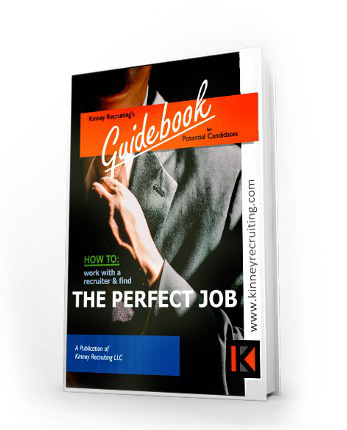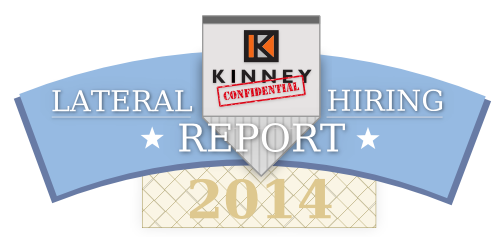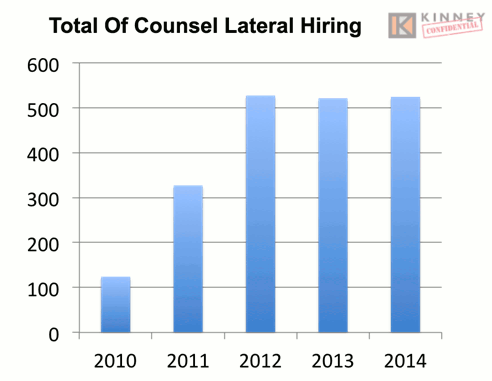
Those of us at Kinney Recruiting have built a lot of connections and friendships over the years with law firm partners and staff. Luckily, most of us are likeable most of the time, and we don’t have many enemies (though there are a few small firms and one large firm out there who don’t like us because we made them pay their bills when they would rather have not, but that’s another story).
So we tend to see lots of opportunities.
One of our favorite things to do for firms is a major “soup to nuts” staffing project for a new office. We’ve become experts at that, and I thought it might be useful to use the backdrop of recent experience to describe the anatomy of how that sort of deal can work well for firms considering opening a new office.
Last year we had the opportunity to be part of the team tasked with the exclusive to staff a major office in a major U.S. city. Initially, after identifying and onboarding a few of the key lateral partners, we were asked how we would suggest coordinating rapid hire of as many as 25 or 30 associates. So what was the process for recruiting an entire team? Below I’ve outlined the basic steps we took and a few of the considerations we had during the process.
Step 1:
The office opened with a strong M&A/PE team. In an initial meeting with the recently added partners and those in charge of hiring, we established the hiring criteria for candidates. We were asked to focus first on just one practice area (M&A/Private Equity) for the associate build-out, the most pressing need.
We helped the client understand the market for the level of talent they sought. Together, we developed our strategy, which in the case of this particular client necessitated willingness to pay significant cash signing bonuses.
Our first priority was to get as many 1-4 year attorneys as we could to interview. Since the firm had several needs, including the addition of Finance and CAPM Partners, Kinney was able to make contact with 100’s of attorneys nationwide, many of whom were people we already knew.
More >>










 This week we are publishing the third part of our special report on lateral hiring trends in the legal market. In our prior postings we reported on the trends in lateral hiring of
This week we are publishing the third part of our special report on lateral hiring trends in the legal market. In our prior postings we reported on the trends in lateral hiring of 
